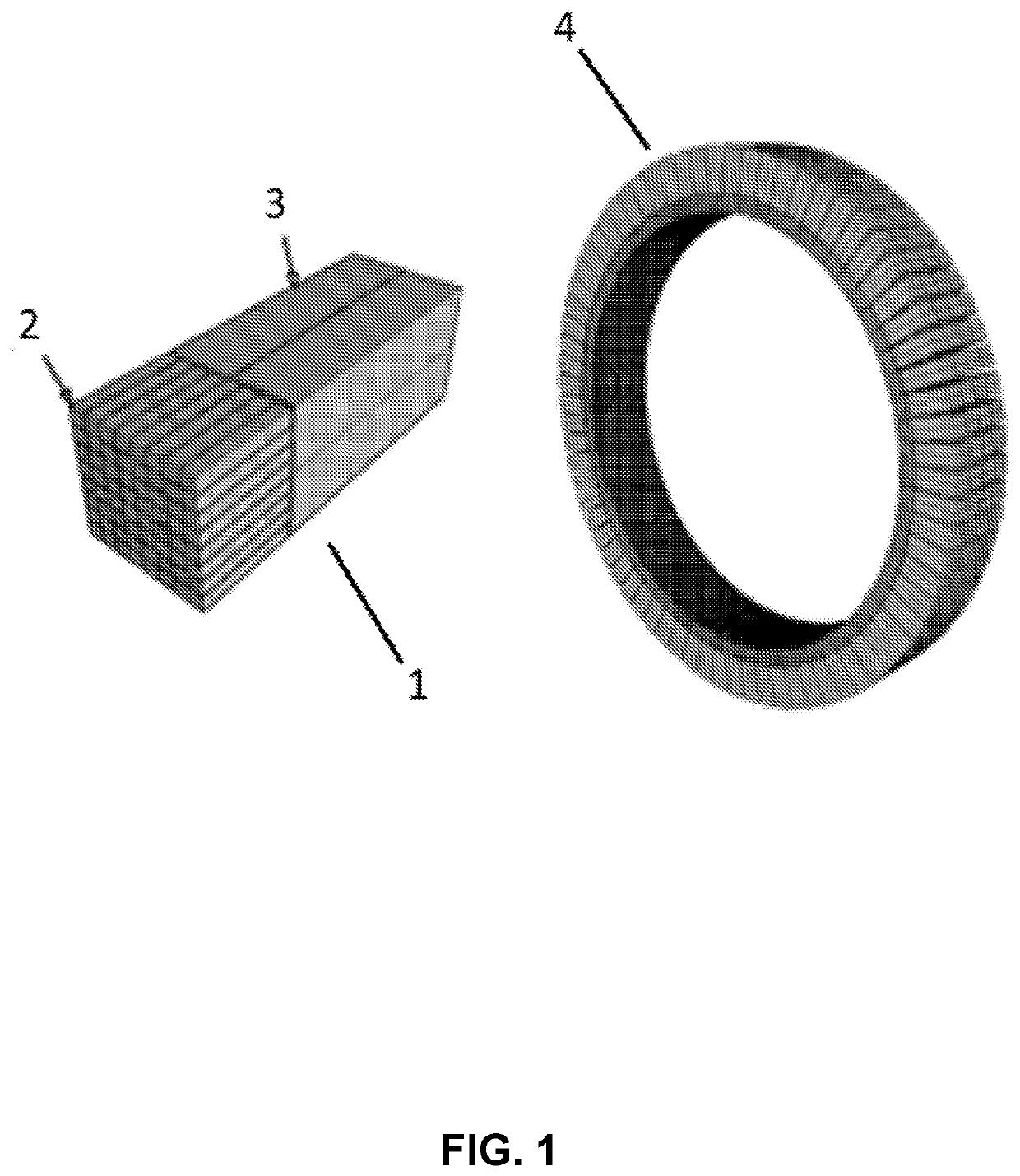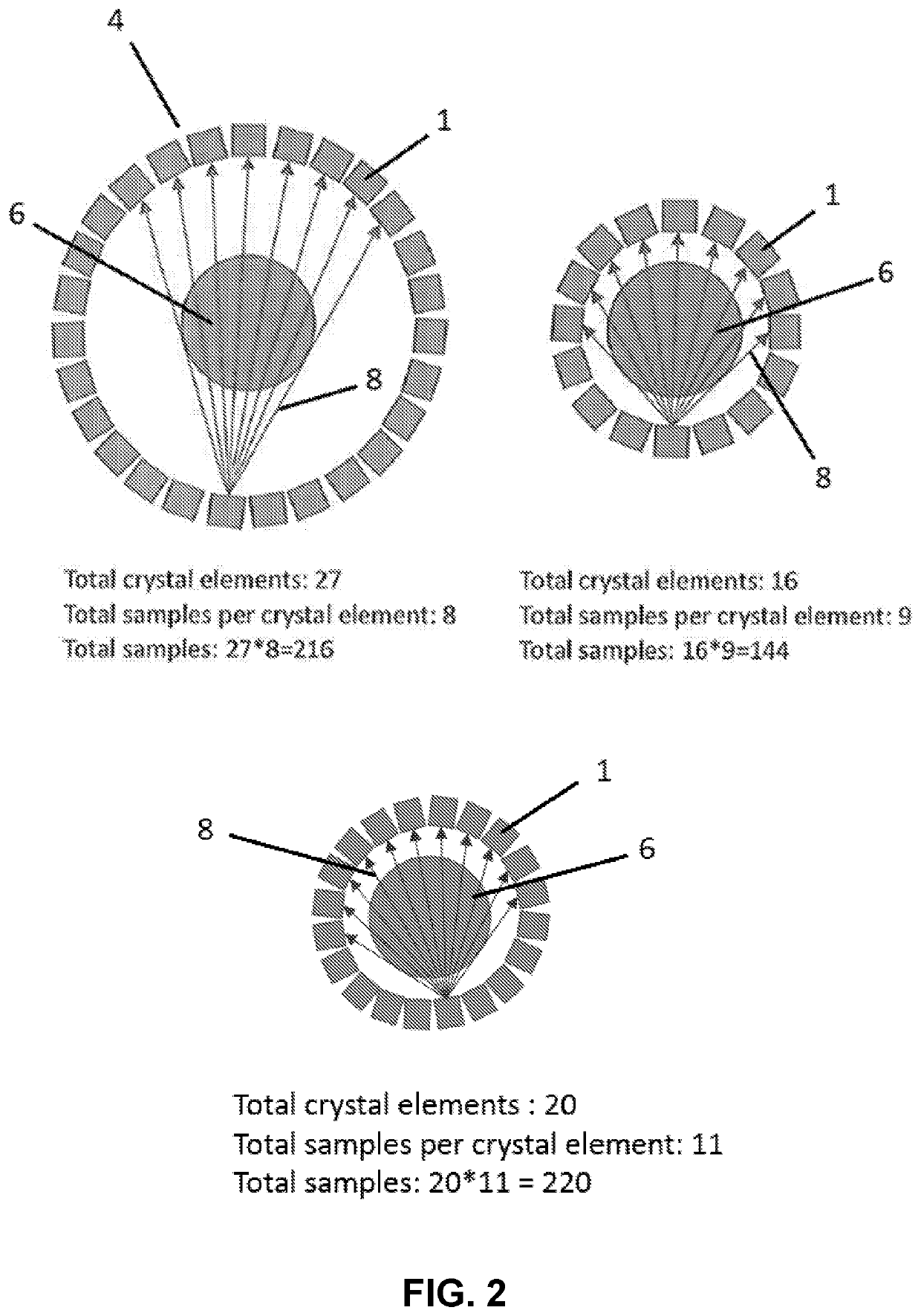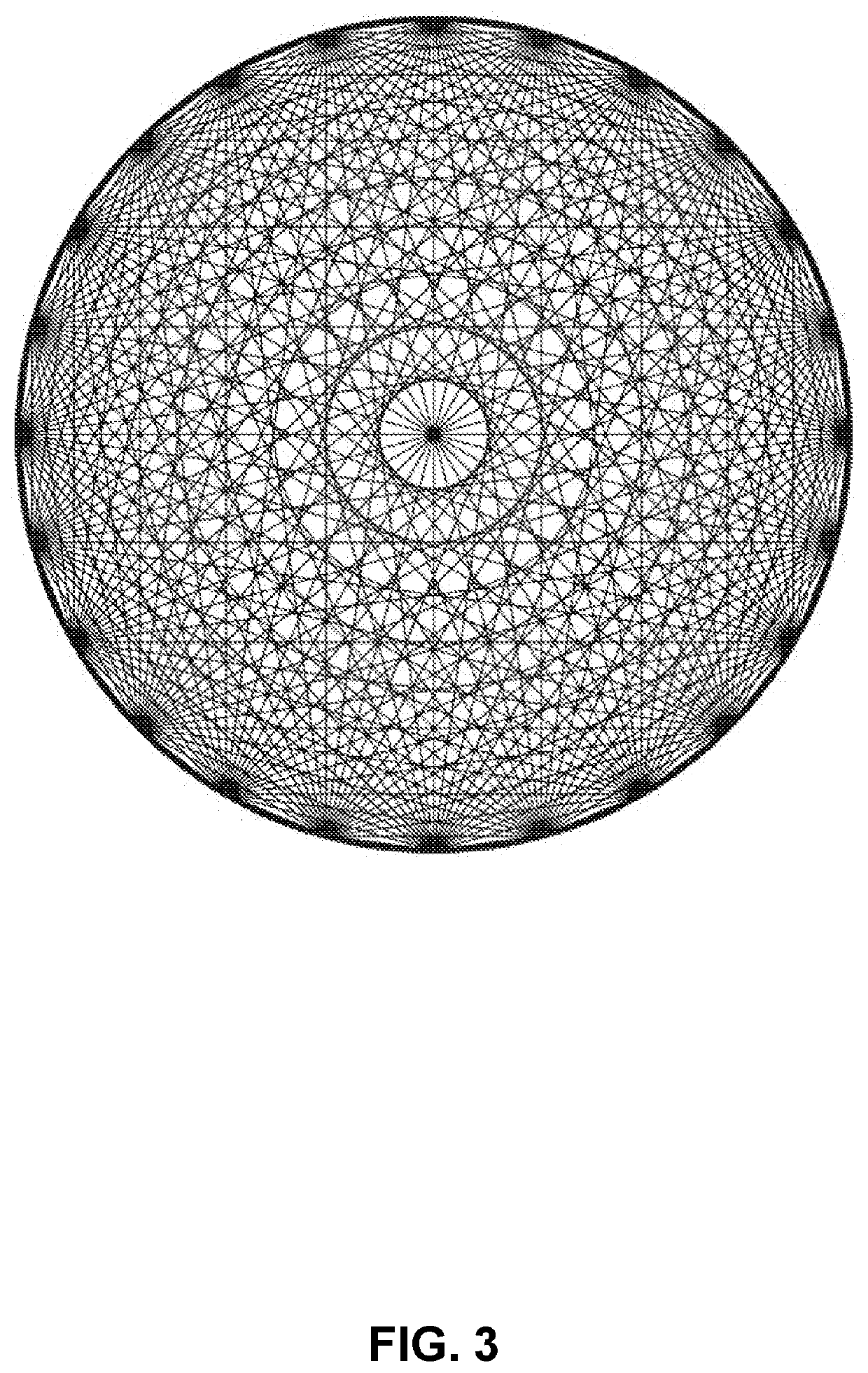Close-Range Positron Emission Tomography Modules and System
a technology of positron emission tomography and modules, applied in tomography, x/gamma/cosmic radiation measurement, instruments, etc., can solve the problems of insufficient gamma-ray collection efficiency, poor spatial resolution, and failure to develop improved pet systems, so as to improve system sensitivity and spatial resolution, reduce the distance between the detectors, and increase the sensitivity and resolution of the detectors
- Summary
- Abstract
- Description
- Claims
- Application Information
AI Technical Summary
Benefits of technology
Problems solved by technology
Method used
Image
Examples
Embodiment Construction
[0029]In general, the terms and phrases used herein have their art-recognized meaning, which can be found by reference to standard texts, journal references and contexts known to those skilled in the art. Any definitions used herein are provided to clarify their specific use in the context of the invention.
[0030]Sensitivity
[0031]FIG. 1 (left) shows a conventional PET detector module 1 having crystal elements 2 and photomultiplier tubes 3. Alternative or additional components may be utilized as is known in the art for PET detectors, including but not limited to silicon photomultipliers, collimators, photodiodes, and light guides. If a gamma-ray photon interacts inside one of the crystal elements, detectable scintillation photons are produced and propagate to photon sensors via reflections by crystal surfaces. FIG. 1 (right) depicts a detector array 4 formed in the form of a detector ring comprising a plurality of detector modules 1. In medical practice, a detector array 4 is placed a...
PUM
 Login to View More
Login to View More Abstract
Description
Claims
Application Information
 Login to View More
Login to View More - R&D
- Intellectual Property
- Life Sciences
- Materials
- Tech Scout
- Unparalleled Data Quality
- Higher Quality Content
- 60% Fewer Hallucinations
Browse by: Latest US Patents, China's latest patents, Technical Efficacy Thesaurus, Application Domain, Technology Topic, Popular Technical Reports.
© 2025 PatSnap. All rights reserved.Legal|Privacy policy|Modern Slavery Act Transparency Statement|Sitemap|About US| Contact US: help@patsnap.com



